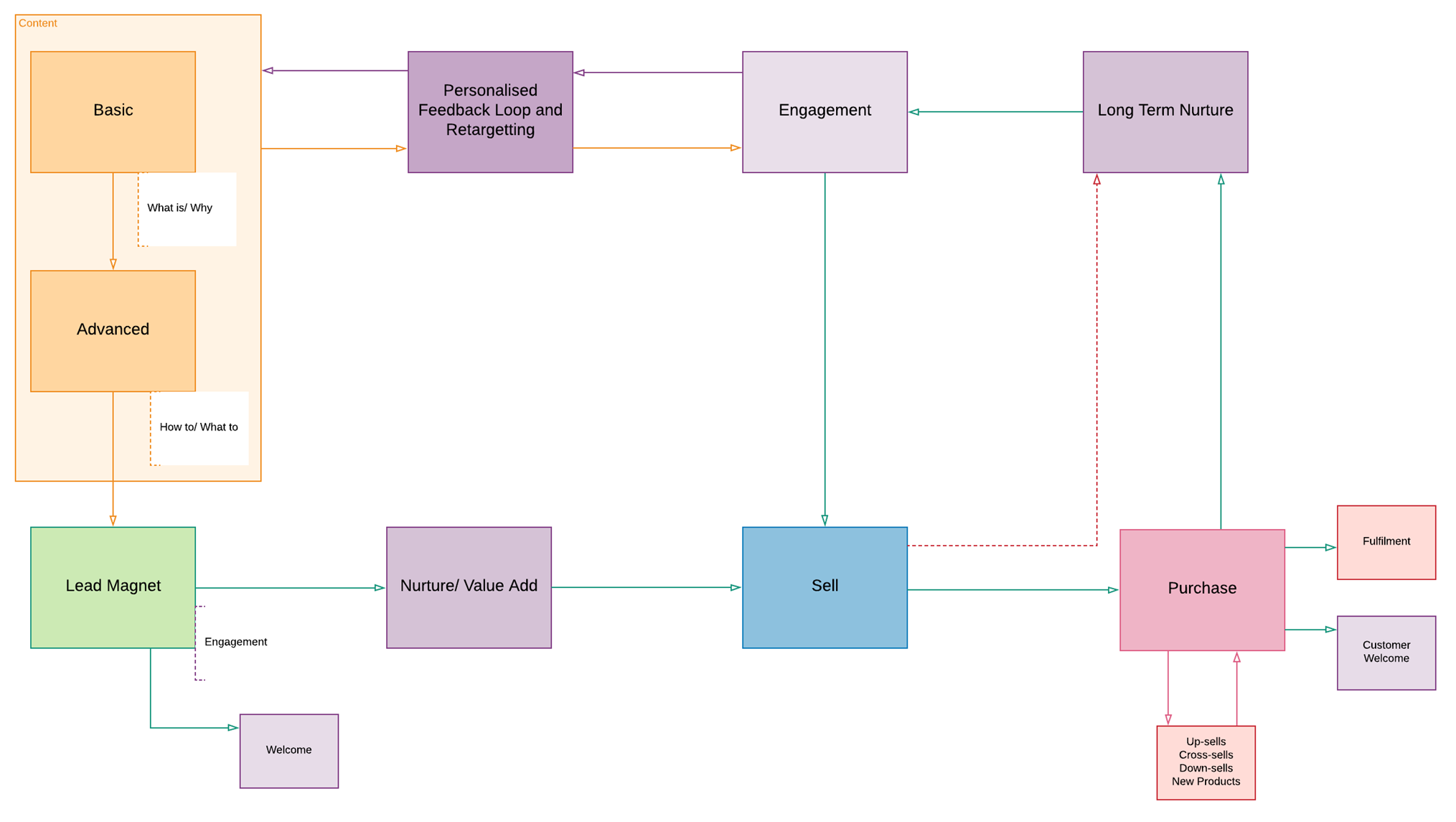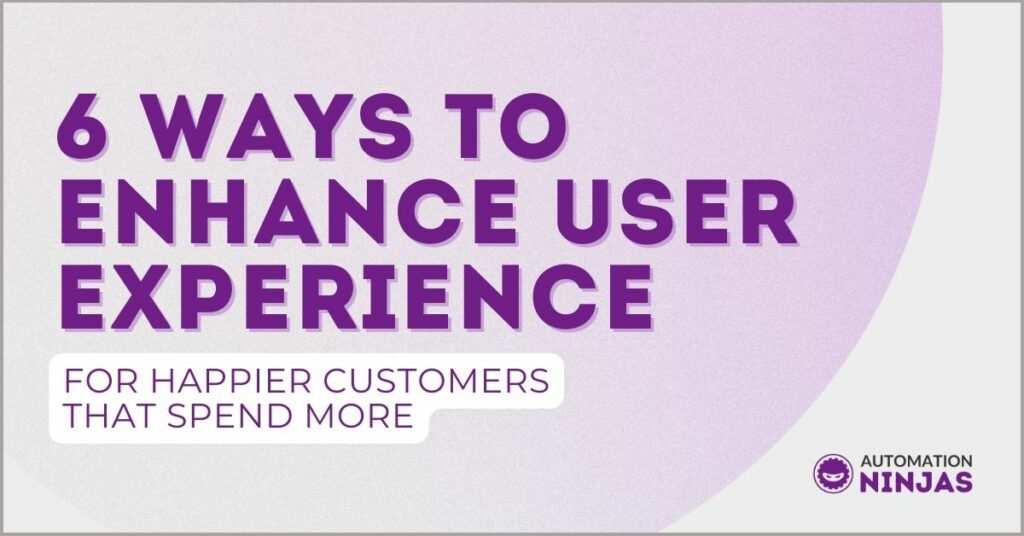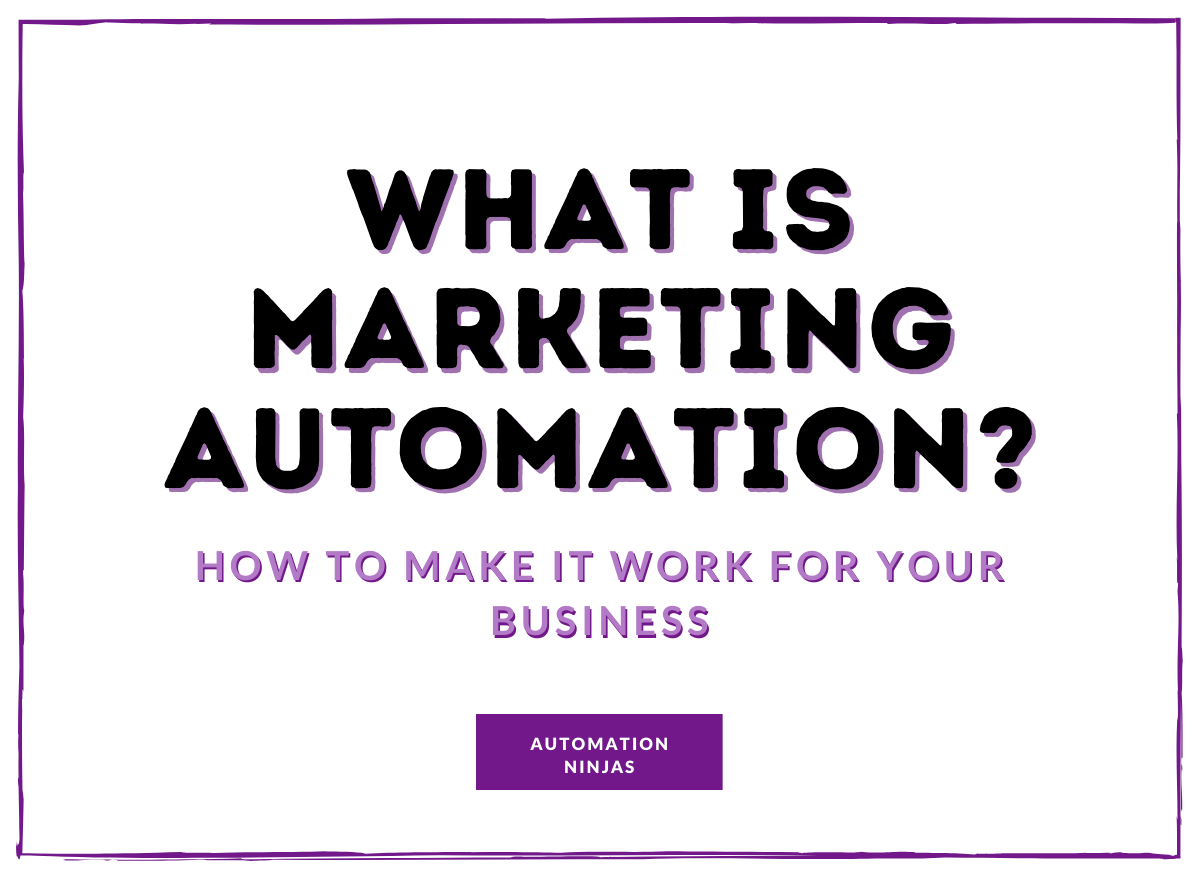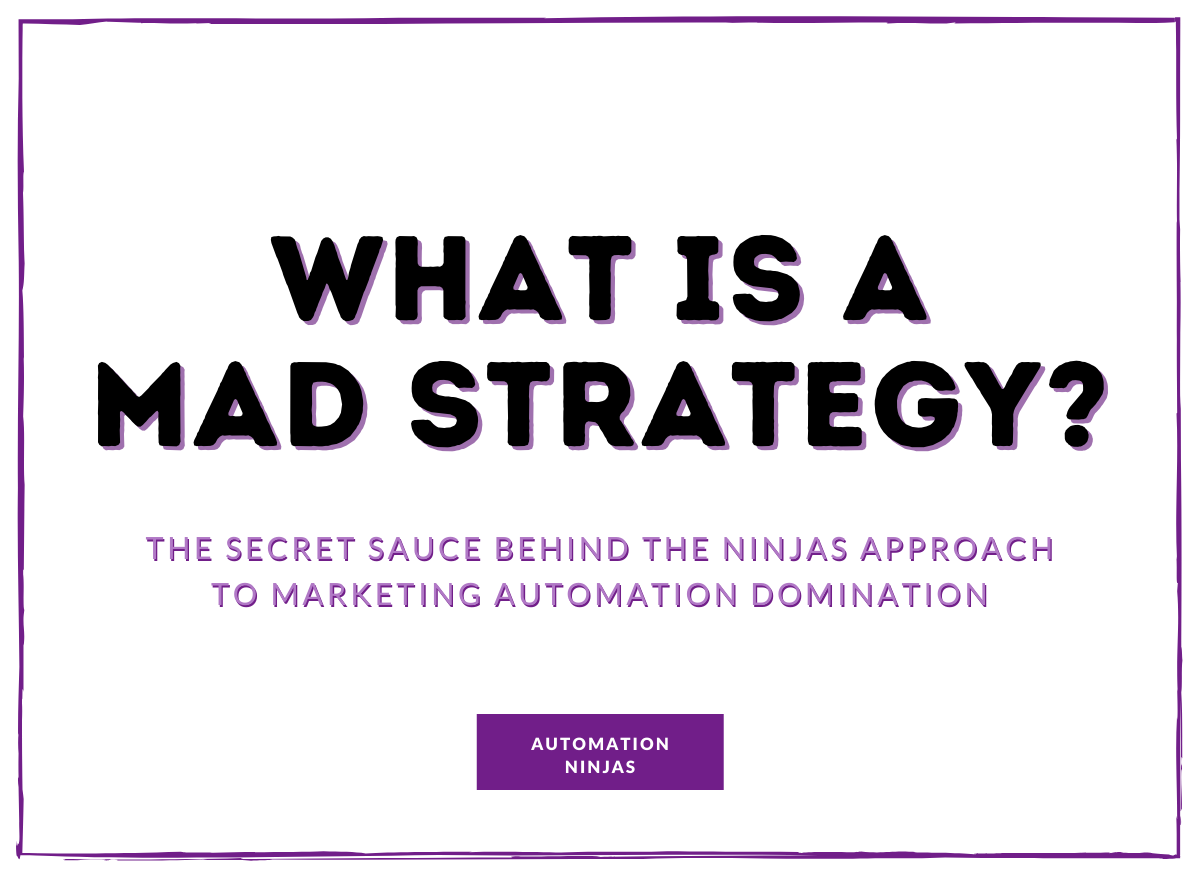Our customers are our biggest assets which is why user experience is so critical for businesses.
We get our revenue, feedback, relationships and reputation from our customers. This is why we should be doing everything we can to make sure that they have everything they need from us.
Their experience of our company across the board needs to be exceptional. From the website, to the service to the products.
So what is user experience and how do we optimise it?
What is user experience?
User experience is the overall experience of a user of your company.
Particularly the user’s emotions and attitudes about using a system or experiencing a product. Holistic user experience includes practical, experiential, affective, meaningful and valuable aspects of interaction.
For example, when a user visits your website:
- Do they know what you do right away?
- Is it easy to navigate?
- Does it guide them effectively?
- Is it aesthetically pleasing?
All of these things contribute to a good user experience of your website.
Why is user experience important?
Because if they come and like what they see they are more likely to act, purchase or refer.
If they are not impressed with what’s on offer then they are strongly likely to leave, not purchase and not share with their network.
Impress the user and gain a customer.
How do we improve user experience?
You can’t establish your company, set up the moving parts and never optimise.
It should be noted that trends shift, customers change, needs evolve and to keep pleasing your target audience you need to continuously improve their experience to keep them coming back.
We’ve identified six key ways you can enhance your user experience. Areas of focus that you can always return to and optimise again and again.
1. A great customer journey = a great user experience
The customer journey is a visual representation of the user experience from sign up until feedback loop.
This clever strategy tool gives you the ability to plan out lead generation, engagement, selling, follow up and more.
For example, here is the base customer journey we use at Automation Ninjas:

Every business should have a customer journey because it gives you a roadmap for customer success.
Once in place you can implement, revisit and optimise for the best results.
2. The user experience honeycomb and Google
Peter Morville represents the core of user experience in a honeycomb.
Apart from this, Morville believes that to be valuable information has to be:
- Useful
- Usable
- Desirable
- Findable
- Accessible
- Credible
There is zero point in pushing out content that doesn’t offer your users something. If all your information is about how great your business is as opposed to how your services can aid your users then you aren’t enhancing user experience.
This approach rings true with Google. Google’s mission is: “to organise the world’s information and make it universally accessible and useful”.
SEO strategy should be user focused to support Google’s mission. Search Engine Optimisation needs to consider:
- Site structure
- Technical excellence
- Great content
The honeycomb is a great way to go through your content and improve it. Ask yourself whether it is hitting all the requirements to be considered valuable. If not, make it better.
We know great content is a cornerstone of SEO strategy which ultimately supports Google’s user focused mission. Use the user experience honeycomb to enhance, improve and build your information.
3. Is your website enhanced for user experience?
How do we make our websites better for our users?
It’s not just about aesthetics.
Firstly, site structure has a massive impact on user experience. If users can find what they’re looking for with ease then they are more likely to become customers.
Secondly, navigation is really important. People want to have an enjoyable experience so make it really clear and easy for them to use your website.
Finally, utilising categories effectively will also help with clearer navigation.
Make sure to use internal linking because this will help your users find relevant information on your website - very important for user experience!
What else do you need to consider for a great website experience?
- Test your page speed regularly
- Make it accessible for everyone
- Consider the clarity of your headlines
- Build a strong website with a leading homepage, strong cornerstone articles, supporting articles and long tail articles
- Make the information findable
- Determine clear call to actions
- Use images where appropriate
Never stop improving your website.
4. Customer service
As old as time this one but it still rings true.
What is your complaints procedure like?
Do your reviews reflect your service?
Are your employees trained to handle all situations?
If you have a local coffee shop and get abrupt offish service, you probably wouldn’t go back in a hurry. The same applies for our business, your business and the business over the road.
Invest in your user experience by improving your communications, your resolution procedures, your follow up and your value adds.
Furthermore, if your customer service is outstanding you will generate loyal customers, organic referrals and upsell opportunities.
5. Test and report for user experience
Not getting the desired results? Test your subject lines, your call to actions and your content.
What is working and what isn’t? What can you optimise to make the experience better for the people you are trying to attract?
These are some of the tests you can run:
- Heatmaps
- Scrollmaps
- Overlay reports
- List reports
Once you’ve got the test data then you can run A/B testing and figure out what works best and why.
You can then take those observations and implement them to improve overall user experience.
6. Behaviour tracking
There is nothing more telling than tracking your users behaviour.
Knowing what your users are interested in, interacting with and searching for will help you identify where you need to put additional focus.
You can use Google Analytics for example, to figure out:
- Where they came from
- What device they’re using
- What they searched for
- Which pages they visited
- How long they spent on those pages
- What they clicked on
- What they ignored
- Where they actively engaged
This data will give you a deeper understanding of what your users are doing which will help you improve their experience.
Your customers are your business’ blood and good user experience actively builds your customer base.
Do these 6 things on an ongoing basis to improve your user experience:
1. Build a customer journey. Constantly improve it, use it to drive your strategy and create a fantastic experience for your customers.
2. Use the user experience honeycomb. Does your content hit the sweet spots?
3. Is your website doing its best for your business by doing its best for your users?
4. How good is your customer service? Would you tip you? Keep checking in and getting better.
5. Test everything, create reports and implement findings to improve your user experience.
6. Track behaviour. Do your best to understand your users and give them what they want and what they need.
Automation Ninjas are experts in behavioural psychology, customer journey strategy, content creation, implementation and testing and reporting. We have the expertise to improve your user experience and build out an effective strategy for your business.
Get in touch!

Sign up to the Brainbox to stay in the loop with the latest marketing news and exclusive content
Or, if you have something specific in mind, reach out to us directly. We're all ears and ready to chat! Contact us here.






